WATER MANAGEMENT
Integrated Management
On July 16, 2004, the Department of Natural Resources made a preliminary determination designating the entire South Platte NRD as fully appropriated. On September 25, 2004, the Department issued an order designating the South Platte River Basin including Lodgepole Creek as overappropriated.
Under requirements of the Nebraska Ground Water Management and Protection Act (LB962), the state’s natural resources districts with areas designated as fully or overappropriated are required to work with NDNR develop integrated management plans to manage the state’s ground water and surface water resources.
Chemigation
Nebraska law requires anyone who chemigates (applies fertilizer or other agricultural chemicals through an irrigation system) to follow several regulations. Certification is granted by the Nebraska Department of Environment and Energy after the applicant attends an educational course sponsored by the UNL Extension Office. Contact the NRD or UNL Extension for course dates and times.
Flow Meters
Flow meters are a valuable tool for providing producers with information about the total amount of irrigation water being applied. The data collected also helps the NRD determine the amount of water being withdrawn from various aquifers across the district and provide information useful to future ground water modeling efforts. The information may also help make future management decisions such as ground water allocations or other options.
Ground Water Runoff
Established in 1978, the SPNRD Ground Water Runoff Program is in place to prevent improper irrigation runoff and maintain ground water supplies.
In order to conserve water and to prevent inefficient or improper runoff, each person who uses ground water irrigation is required by the Nebraska Ground Water Management and Protection Act to prevent the runoff of water used in irrigation.
The SPNRD program, which meets the Act requirements, addresses the standards of inefficient or improper runoff of ground water used in irrigation, procedures to prevent, control, and abate such runoff, measures for the construction, modification, extension, or operation of remedial measures to prevent, control or abate runoff of ground water used in irrigation.
Ground Water Quality
The primary goal of the South Platte NRD's ground water quality management areas is to improve ground water quality to within federal EPA and Nebraska Department of Environment and Energy standards. The standard for nitrate nitrogen, or Maximum Contaminant Level (MCL), is 10 parts per million. Depending on the results of ground water nitrate testing in a given area, a phased approach is used to bring the contaminant under control. Please view this page for more information on the phases.
Ground Water Levels
Keeping track of changes in ground water levels is one of the NRD's many responsibilities. While most areas of the South Platte NRD have abundant ground water, this resource is not unlimited. In some areas, especially in the western and central parts of the district, ground water levels have declined over the years because of heavy use.
With the help of cooperating landowners, the NRD has established a district-wide network of observation wells to monitor changes in ground water levels. There are currently 208 observation wells measured twice a year.
Nitrogen Reporting
Wellhead Protection
The Wellhead Protection Program is a voluntary, proactive approach to ground water protection. The NRD works closely with communities in the district, helping guide them through the steps of the Wellhead Protection Program. Please view this page for further information.
Water Wells
Protect your wells: Make sure they are properly registered.
New irrigation wells must be drilled at least 600 feet from any existing registered irrigation well under separate ownership. Industrial and certain public water supply wells must be drilled at least 1,000 feet from any registered existing irrigation well.
Platte River Recovery & Implementation Program
The Platte River Recovery and Implementation Program (PRRIP), developed by agreements with Nebraska, Colorado and Wyoming and the U.S. Department of Interior is designed to develop a recovery program for endangered species in a critical habitat area on the North Platte River between Lexington and Grand Island. The three states are being asked to adopt a basin-wide, long-term approach to address the habitat needs of these species, including the whooping crane, interior least tern, piping plover and pallid sturgeon.
